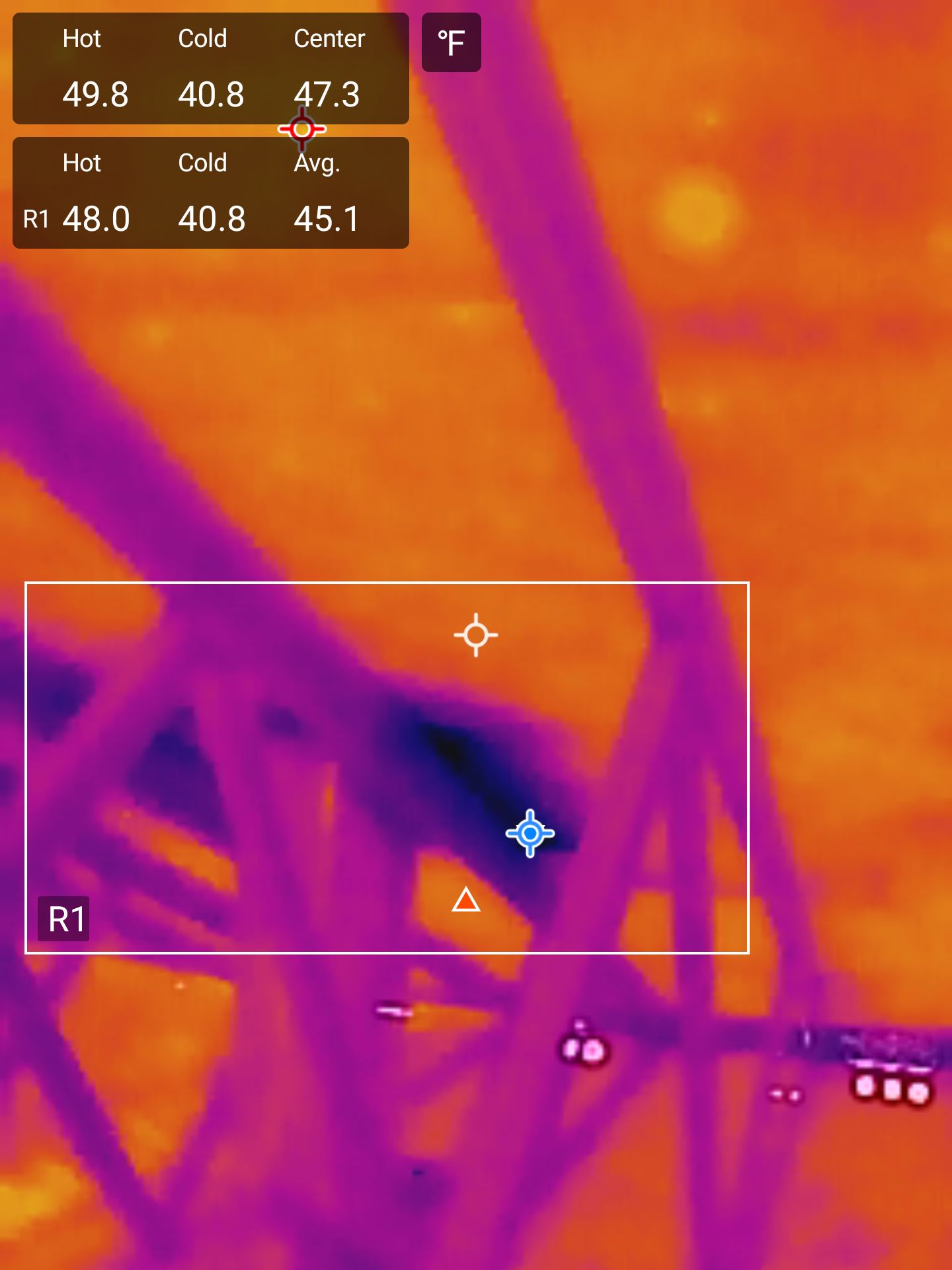-
Our Inspection process
We offer a detailed and comprehensive home inspection service that starts from the minute you choose our services. We immediately go to task doing our homework on your prospective new home with a preinspection researching the history, details and orientation of the home.
When we arrive at the property we start with the roof and evaluate not only the roof surface, but also the chimney, ventilation system, electrical service entrance, plumbing stack, and any other systems or components located on the roof.
Our next step is to inspect the exterior of the home. From the foundation up we inspect the exterior following a path to the right circling the house, we then reverse direction making a second pass useing a macro and micro approach to look at both the big picture and the smaller details.
We then move inside the home and starting in the kitchen we make an intial sweep looking for any aparent defects while making a mental image of the home allowing us to tailor the inspection so that we can give the home the attention it deserves. While inside, we address such things as the structure, heating and cooling systems, electrical and plumbing systems, interior finishes, insulation and ventilation and most importlantly any questions or concerns you might have.
Our evaluation is then communicated through a detailed inspection report, using the most comperhensive and up to date inspection software avaliable. Our inspection will include descriptions of all the systems in the home, as well as any recommended improvements. This will help you prioritize any repairs or upgrades and develop a blueprint for the future allowing you to really "Know Your Home..."
-
We offer sewer inspections starting at $175.00.
-
We use thermal imaging in every inspection!




